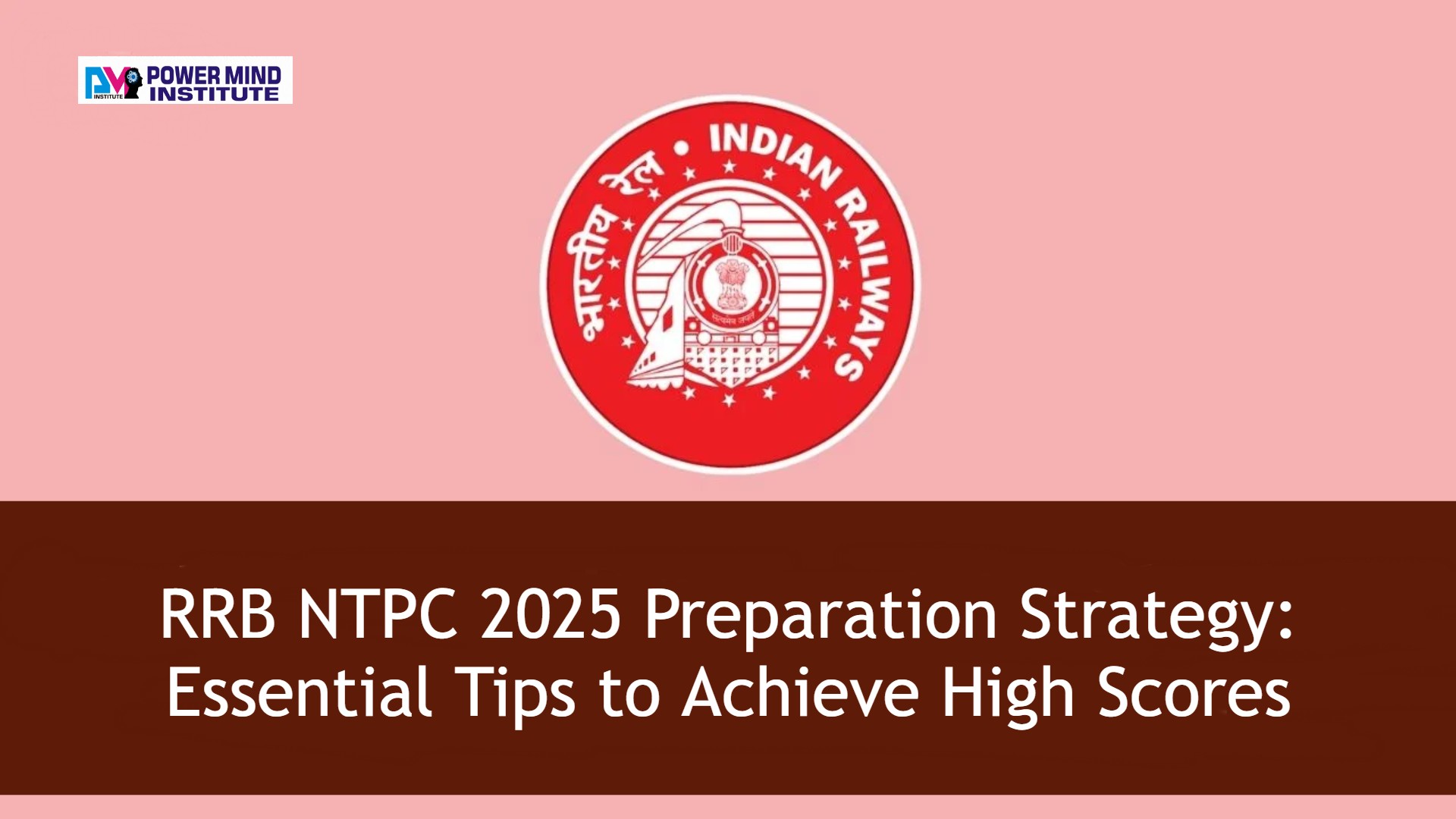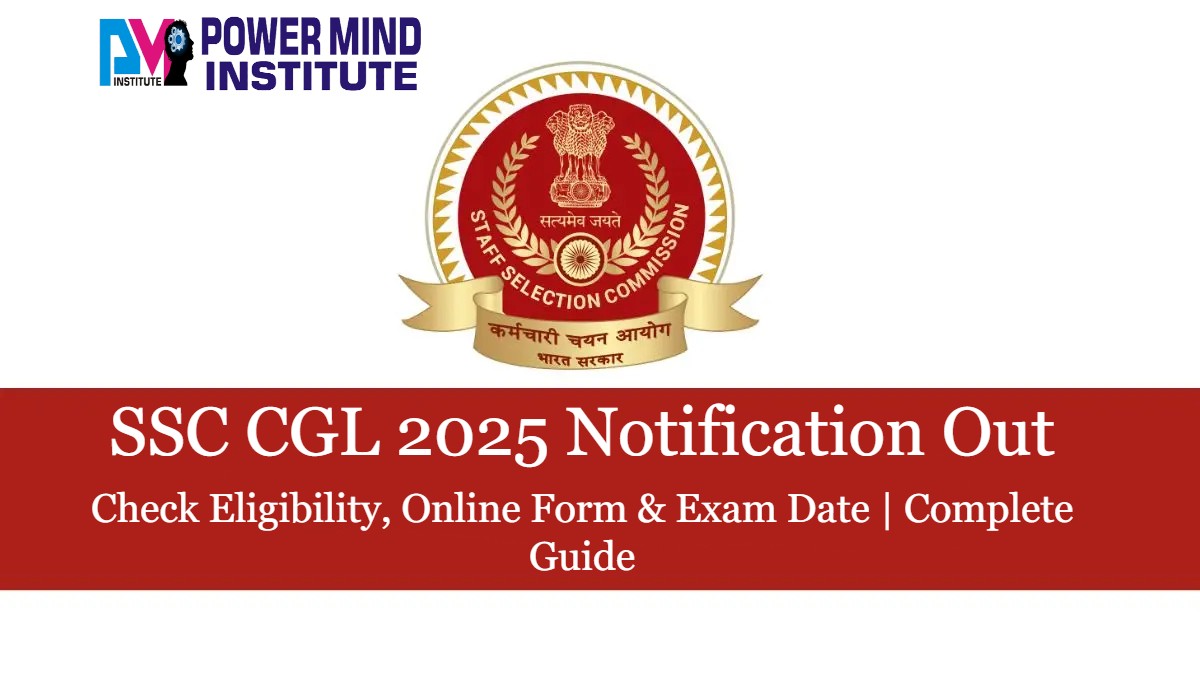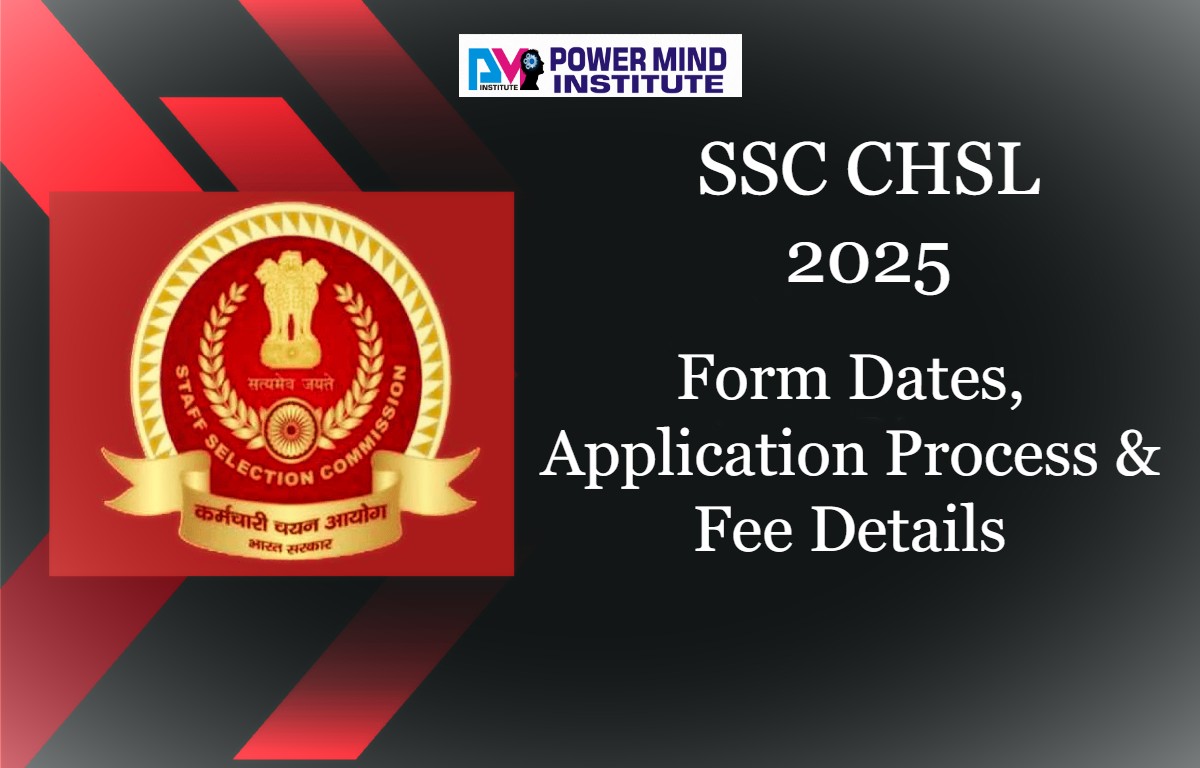Do quadratic equations still slow you down during RBI Grade B mock tests?You're not the only one. Although these questions seem easy, they can be time traps if you don't tackle them with the proper blend of speed, accuracy, and smart techniques.
Quadratic equations are one of the most scoring but overlooked concepts in the Quant section. However, with neck-to-neck Competition in RBI Grade B, saving even 30 seconds per question can make you stand out. This is where accuracy meets preparation.
In this blog, we will deconstruct the most effective strategies, common errors to avoid, and daily practice plans to enable you to become a master of quadratic equations. So, whether you're beginning or looking to hone your skills — this guide is your ultimate roadmap to take charge of this subject and stand out from the crowd.
Why Are Quadratic Equations Important for RBI Grade B?
Quadratic equations are often asked in the RBI Grade B Prelims and sometimes even in the Mains (if part of DI or caselets). On an average, 4–5 questions from this segment can be expected in the Prelims exam. If solved well, they can yield easy marks within a short time frame.
But most students either oversimplify them or spend too much time attempting to solve them the old way. So, how do you differentiate yourself? Let's dissect.
Step-by-Step Approach to Solve Quadratic Equations
To solve quadratic equations fast and accurately, here’s the ideal process:
Step 1: Know the Standard Form
Every quadratic equation follows the format:ax² + bx + c = 0
Your first step is to recognize ‘a’, ‘b’, and ‘c’ from the equation so you can begin factoring.
Step 2: Apply the Product-Sum Method
If the equation can be factorized easily, this is your fastest approach:
- Find two numbers whose product is a × c and whose sum is b.
- Break the middle term and factor accordingly.
- Example: x² + 7x + 12 = 0 → Factors of 12 that add up to 7 = 3 and 4 → (x + 3)(x + 4) = 0 → x = -3, -4
Step 3: Use the Quadratic Formula (only when necessary)
If factorization isn’t easy or possible, use the formula:x = (-b ± √(b² - 4ac)) / 2a
This method is reliable but slower than factoring. Use it only when needed.
1. Memorize Squares and Square Roots
Having a solid grasp of square numbers up to at least 30 (i.e., 1–900) and their roots will serve you well in quickly identifying the discriminant value when applying the quadratic formula.
2. Master Number Splits
Rehearse splitting middle terms into two factors that multiply to a × c and sum to b. The more you rehearse, the quicker your instincts will be.
3. Learn to Compare Roots Quickly
In RBI Grade B exams, you’re often asked to compare roots of two quadratic equations (like x and y). Learn how to compare without solving fully:
- If both equations have positive coefficients and smaller c/a ratio, roots are negative.
- Use the relationship between coefficients to estimate root size and compare.
Accuracy Tips: How to Avoid Mistakes
- Don’t Skip Sign Checking: Always double-check the signs of the coefficients before splitting or applying the formula. One wrong sign can ruin your answer.
- Beware of Non-real Roots: If the discriminant (b² - 4ac) is negative, the equation has imaginary roots. In such cases, you should mark “No Real Solution.”
- Avoid Guessing: Quadratic equations are logic-based. Avoid guessing the answer, as the options might look similar.
Practice Types of Questions You May Face
Here are common formats seen in the exam:
1. Direct Solving
x² + 5x + 6 = 0Solve for x and find the correct pair.
2. Comparison Based
x² + 3x + 2 = 0 and y² + 5y + 6 = 0Compare values of x and y.
3. Trick Questions
x² - x = -6Rearranged to: x² - x + 6 = 0Now check discriminant and solve accordingly.
Smart Practice Strategy
- Start with Easy Numbers: Begin your practice with equations whe no re a = 1, b and c are small numbers. This will build your speed and confidence.
- Gradually Increase Difficulty: Move to cases where a ≠ 1, and where factoring is not obvious. This builds solving stamina.
- Include Time-Bound Practice: Set a timer. Aim to solve 10 questions in 6 minutes initially, and then reduce it to 5 minutes as you improve.
- Track Your Accuracy: After each practice session, review your mistakes. See where you took time, and which types of errors occurred.
Daily Practice Plan for Quadratic Equations (7-Day Plan)
|
Day |
Focus Area |
No. of Questions |
|
1 |
Basic Factorization ( a=1 ) |
25 |
|
2 |
Factorization with a ≠ 1 |
30 |
|
3 |
Quadratic Formula Applications |
20 |
|
4 |
Comparison Based Questions |
30 |
|
5 |
Mixed questions (with timer) |
40 |
|
6 |
Mock test + review |
50 |
|
7 |
Error log + revision |
– |
Common Mistakes to Avoid
- Misidentifying the signs in the equation
- Trying to factor non-factorable equations
- Confusing “x” and “y” when comparing roots
- Ignoring imaginary roots
Keep a log of your mistakes and review it often to avoid repeating them.
Recommended Practice Tools
If you're looking to enhance your preparation further, consider using:
- Online test series specifically designed for RBI Grade B Quant Section
- Video lectures or recorded classes for in-depth explanation
- Chapter-wise quizzes with instant results and analysis
Platforms like PowerMind Institute provide a structured and comprehensive course to build your speed and accuracy — including concept videos, mock tests, and expert mentorship.
Final Thoughts
Quadratic equations don’t demand complex tricks — they demand clarity, consistent practice, and confidence. Once you train your brain to recognize patterns, break middle terms quickly, and avoid distractions like tricky options, you’ll be amazed at how easily you can ace these questions in less than a minute.
Start slow, build your momentum, and don’t forget — mastery isn’t about solving hundreds of questions, it’s about solving the right ones in the right way. Stick to the plan, track your progress, and push a little harder each day.
At PowerMind Institute, we make your preparation sharper and more targeted with live and recorded classes, real exam-level mock tests, and complete performance analytics tailored to the RBI Grade B exam. Let quadratic equations become your strength — not a struggle.





